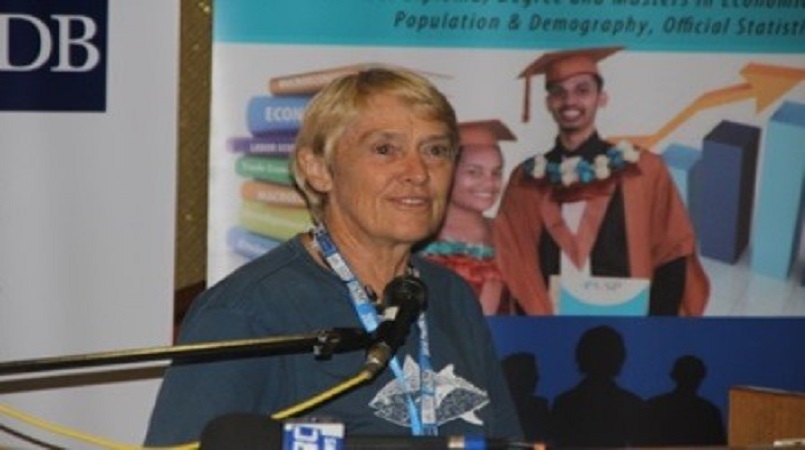
The Pacific is highly vulnerable to human trafficking because the targeted countries for trafficking are developing countries.
And these countries have poor social and economic system, high rates of poverty, under-resourced judiciary and government agencies, and inadequate laws, among others.
This was part of the presentation by the acting Chief Executive Officer of Pacific Dialogue Limited Ms Patricia Kailola, when speaking on The Hidden Crime of Human Trafficking in the Pacific Islands Region, at the 2016 Pacific Update Conference at The University of the South Pacific (USP) in Suva on Tuesday.
Ms Kailola explained that human trafficking is the recruitment, transportation, harbouring, transfer and receipt of people for sexual exploitation, forced labour or services, slavery, servitude and organ removal.
These, she said are usually done by force, threats, coercion, abduction, fraud, deception, and abuse of power over vulnerable people.
She said some of the effects of human trafficking are the rapid set-up of black markets and an illegal working population which upsets general labour rights and undermines regulations and better work conditions.
She noted that crimes such as human trafficking impedes national and international economic growth.
“There are also negative social and cultural effects on an individual, a community and a nation therefore Millennium Development Goals are not attainable,” she said.
She recommended the need to set-up a regional transactional crime control unit to address the issue of human trafficking.
Speaking on the Socio-economic Effects of Migration and Remittance Flows among Migrants in the Federates States of Micronesia (FSM), Independent Consultant Mr Michael Levin said remittance flows differ in South Pacific countries.
He said Samoans, Tongans and other Pacific Islands countries have long history of remittances.
The Compact of Free Association only went into effect in the 1980s so migrant streams started late, he stated.
“Because of provisions in the Compacts, Micronesians have free entry into the United States and so while they remit they also put together funds to bring out the next generation from FSM,” he said.
According to data presented by Mr Levin, while migrant income is low, they are large enough that individuals and households can remit more.
However, many hold funds instead, to bring the next generation out of FSM.
Micronesian migrants are getting established in Hawaii and the US Mainland and so beginning to buy housing units, cars, and appliances and since Micronesia has little economic development, this will continue.
Mr Levin noted that some of the push factors in FSM include poor services of sea transport, lack of maintenance of communication and roads, and a lack of economic development.
Pull factors include, education and the fact that there is no need for a visa to enter the United States.
